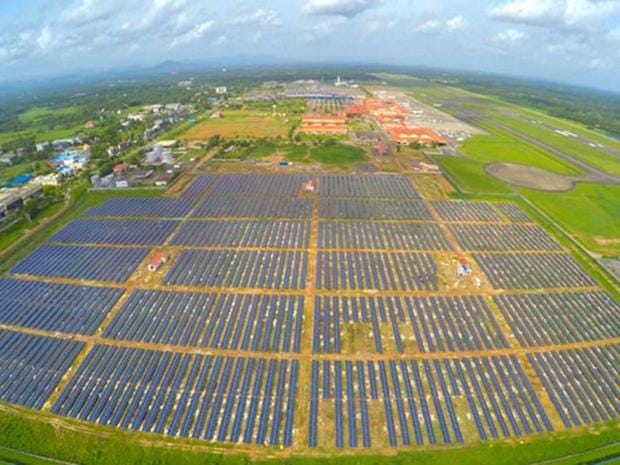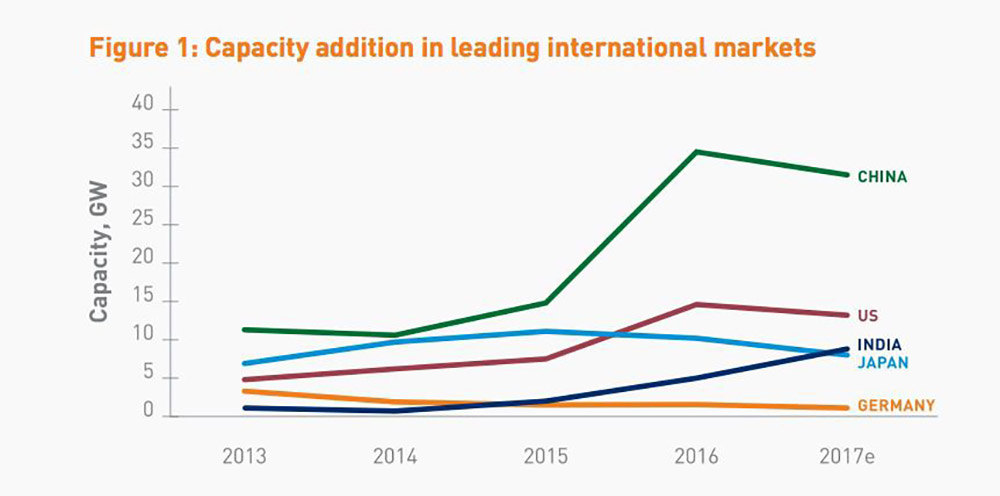James Stavridis
 Admiral Stavridis was the 16th Supreme Allied Commander at NATO and is Dean of the Fletcher School of Law and Diplomacy at Tufts University
Admiral Stavridis was the 16th Supreme Allied Commander at NATO and is Dean of the Fletcher School of Law and Diplomacy at Tufts University
As the Trump Administration wrestles with locations, numbers and missions for American combat deployments globally, one perennial has re-emerged near the top of the list: Afghanistan. Famously called the “Graveyard of Empires” to reflect the successive defeats of Alexander the Great, the British Raj, and the Soviet Union, Afghanistan continues to vex US military planners and political figures leaders. After perhaps a $1 trillion investment and thousands of casualties, another “ask” for troops is particularly unwelcome.
The question on the table is simple: how many troops do we need in Afghanistan? When I was the Supreme Allied Commander at NATO for global operations, I had strategic responsibility for the fighting in Afghanistan and a total NATO force of over 150,000. Over my four years in command, I had four brilliant Generals working for me commanding those NATO forces: Generals Stanley McChrystal, David Petraeus, John Allen and Joseph Dunford, the latter still on active duty as the Chairman of the Joint Chiefs of Staff. With each of them, I spent considerable time honing our requests for more troops, apportioning the burden among the 28 nations of NATO and, sadly, writing condolence letters to the families of thousands killed on my watch. But we generally succeeded in wresting control of much of Afghanistan from the Taliban, safeguarding the election that delivered President Ashraf Ghani (an enormous improvement over his volatile predecessor Hamid Karzai), and turning over the fight to the Afghan security forces we financed and trained.














